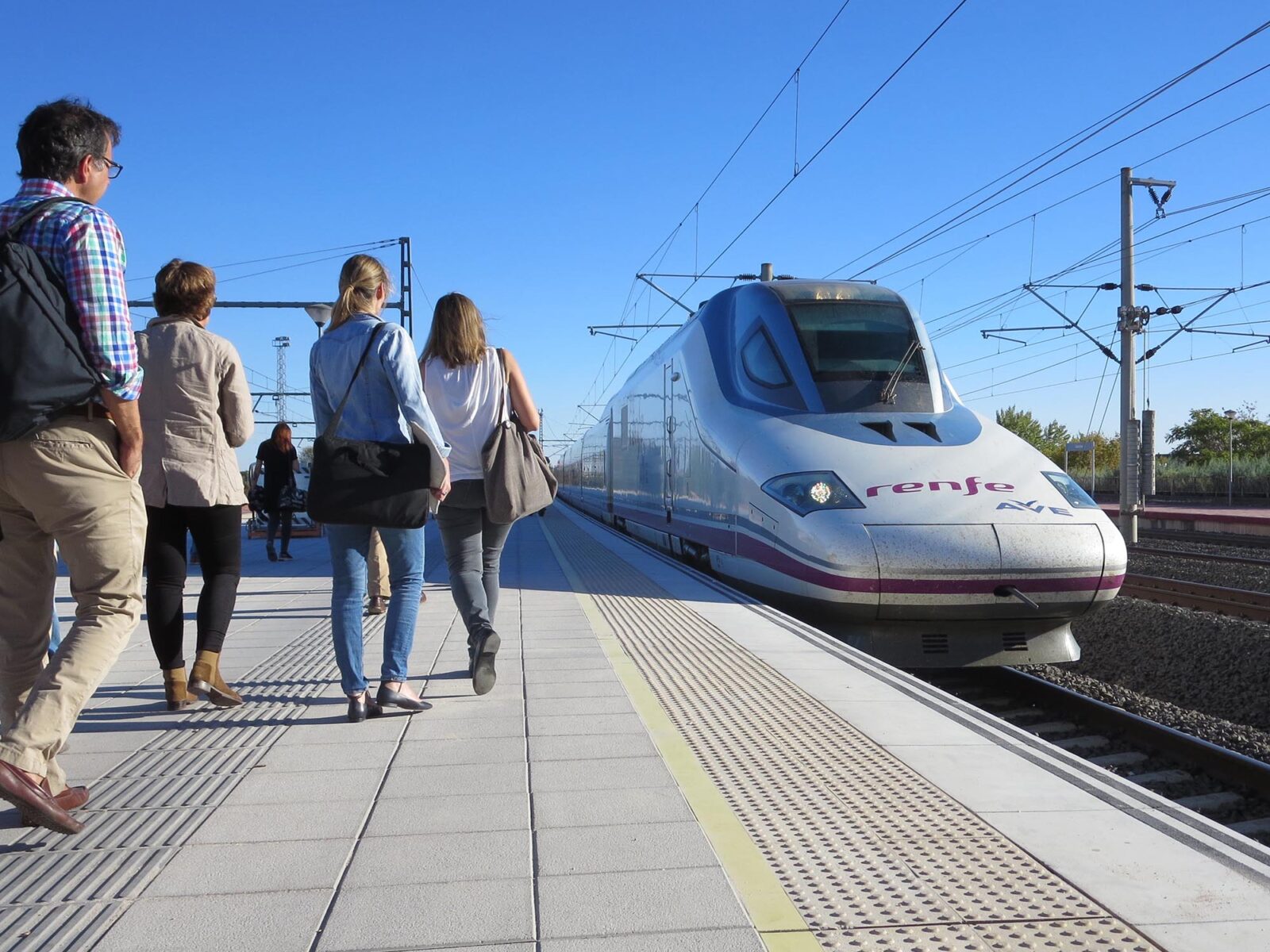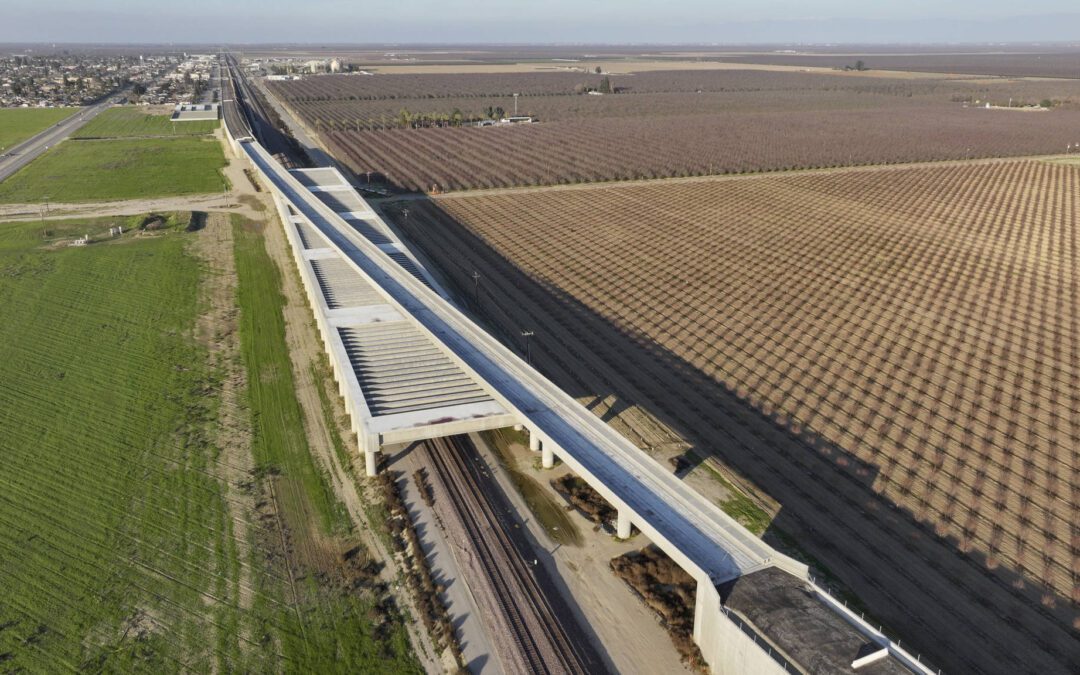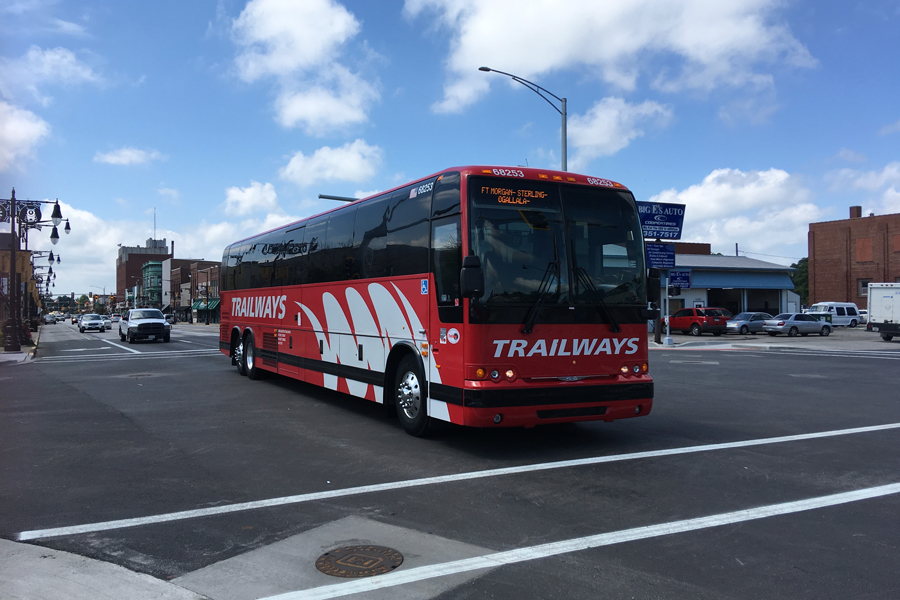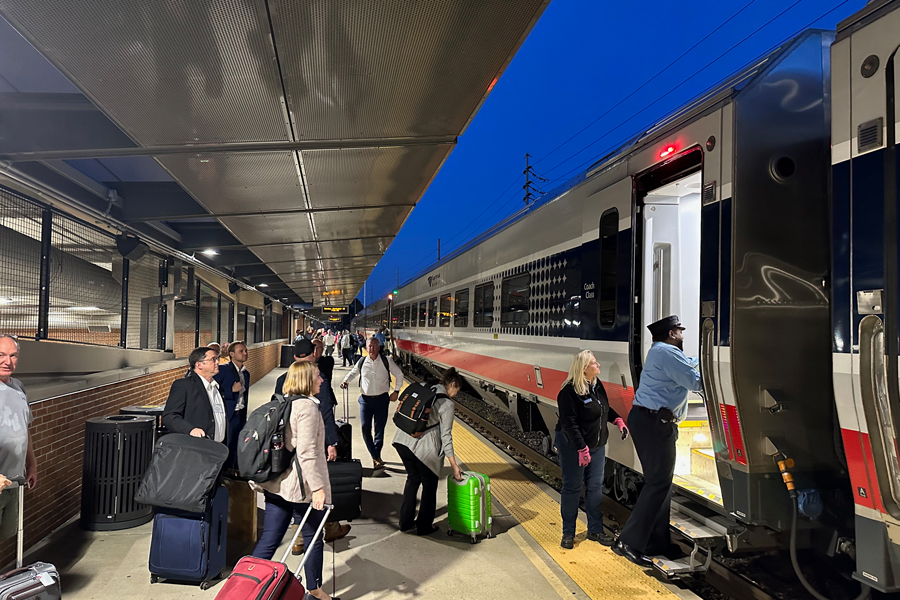California’s high-speed rail project has entered a decisive new phase. After more than a decade of design work, property acquisition, and active construction, the backbone of the system in the Central Valley is well underway. Stretching over 100 miles and comprised of...
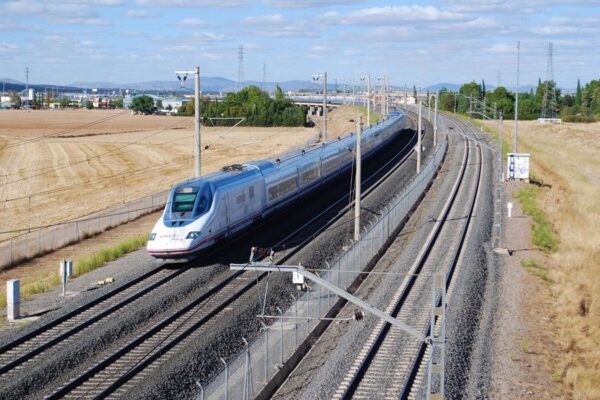 This year marks 25 years of high-speed rail in Spain.
This year marks 25 years of high-speed rail in Spain.
The country’s first high-speed line, a link from the central capital of Madrid to the southern region of Andalucía, opened for service in April 1992. The 300-mile line passes through rugged, mountainous terrain, requiring 31 bridges (totaling more than six miles) and 17 tunnels (nearly 10 miles worth).
I attended a conference in Spain last week that examined the history of the line and its effect on the country. The initial line was an immediate success, capturing more than half of the travel market between Madrid and Sevilla. In the ensuing 25 years, Spain went on to build one of the world’s most extensive high-speed networks.
The success of high-speed rail in Spain wasn’t always certain. Before and during construction, there was a vigorous debate about whether the benefits would ever match the cost.
(In the first photo, we’re boarding a Talgo 350 in Ciudad Real that takes us to Madrid in only 45 minutes. That’s about the same distance as Chicago to Champaign, a 2 and a half hour drive!)
I often hear people in the U.S. assume that countries like Spain and France built their high-speed networks because their traditional trains were overcrowded, the networks full to capacity. In fact, the opposite is true. Old, slow trains were rapidly losing passengers to new highways and airports, just as happened here.
The conference’s keynote speaker suggested that if it were not for the construction of high-speed rail, Spain’s passenger train network would have withered. Sound familiar?
The other key take-away was that the first line was a great learning experience about what to do (and not to do). As a result of political pressure and the difficult terrain, the line has a number of sharp curves that limit speed. Trains only reach their top speed of 185 mph (300 km/h) on a short section. The average speed is around 120 mph. As a result, Spain made fewer engineering compromises on its next major high-speed line: Madrid to Barcelona, an even more mountainous journey. That 400-mile line was designed for a maximum of 220 mph and services maintain a higher average speed, around 160 mph.
The lesson for the Midwest is clear: We need to build an initial high-speed segment, at least 100 miles long, to give our passenger railroad network a shot of adrenaline. Learn more about high-speed rail in the Midwest.
Richard Harnish
Executive Director
Articles we enjoyed
Were there alternatives for the construction of a high-speed network in Spain? (conference keynote slides)
DB frontrunner to operate California high-speed railway
Amtrak reveals Avelia Liberty livery
Morocco Tests Africa’s First High-Speed Rail Line
Production starts at Indian electric locomotive factory
Events
RailNation
Chicago, IL
November 3, 2017
Rick Harnish will be hosting a panel on the Phased Network Approach at the National Association of Railroad Passengers 50th Anniversary conference. Click here for more information and to register.
High-Speed Rail Study Tour
Italy
November 3 – 11, 2018
We will visit Rome, Florence, Bologna, Milan and Turin, traveling by high speed train and transit. We will strive to meet with both high-speed train operators and the public transit operators in each of the cities. And, of course, we will mix in a little tourism.
Please call the Society of International Railway Travelers at 502-897-1725 if you have any interest in joining us.
The Latest from HSRA
Our Latest Blog Posts
Check out the latest news, updates, and high speed rail insights from our blog!
